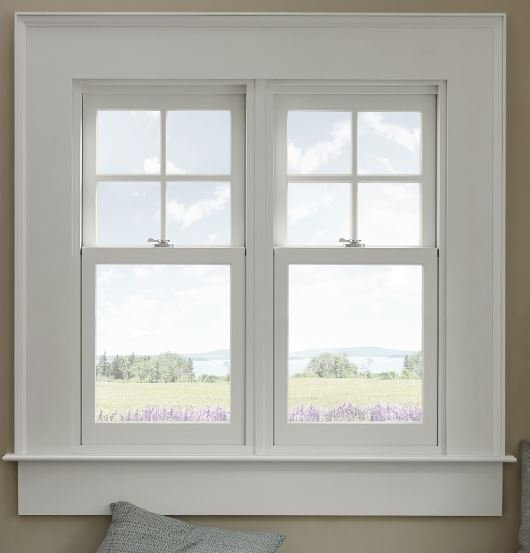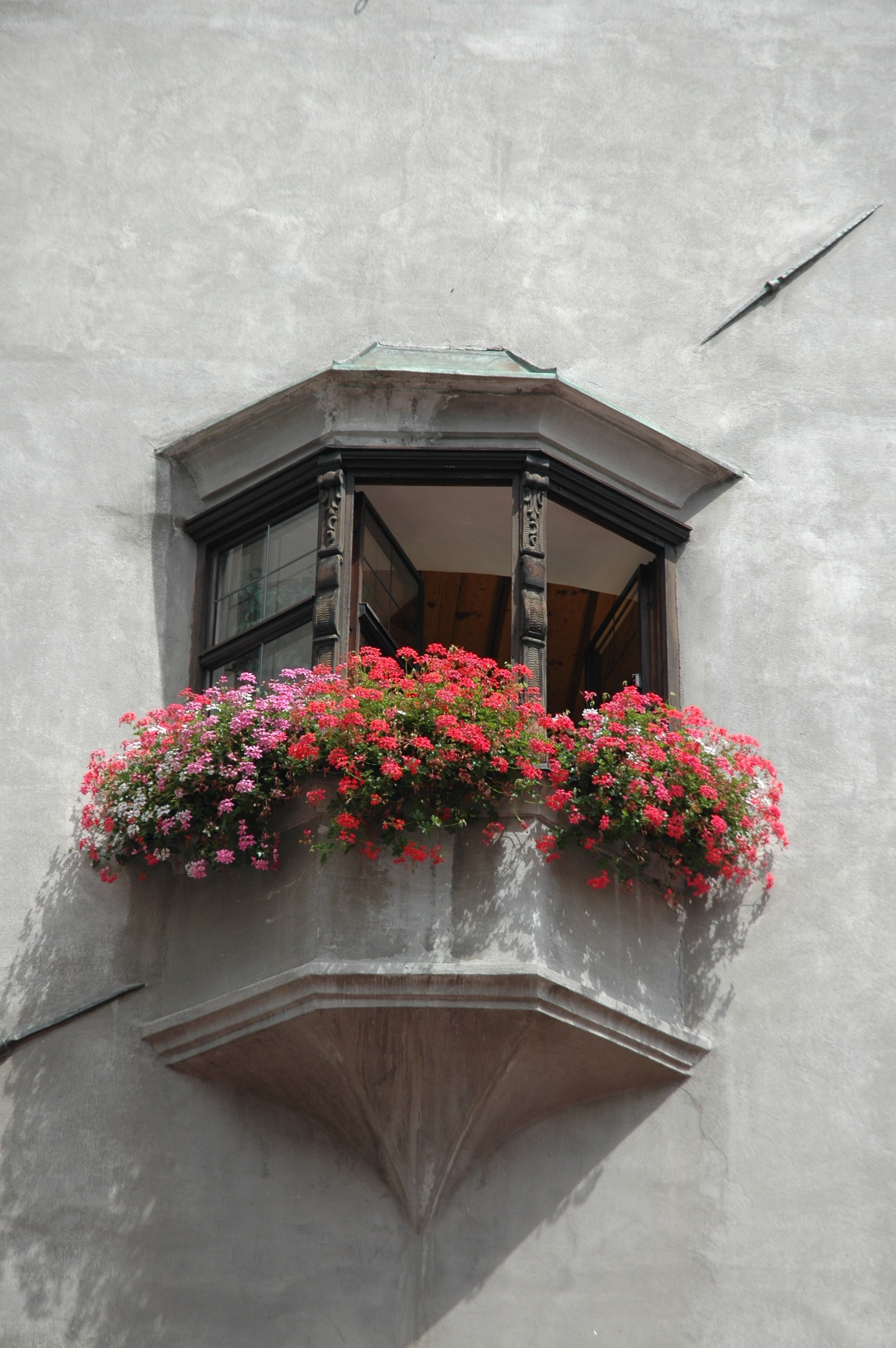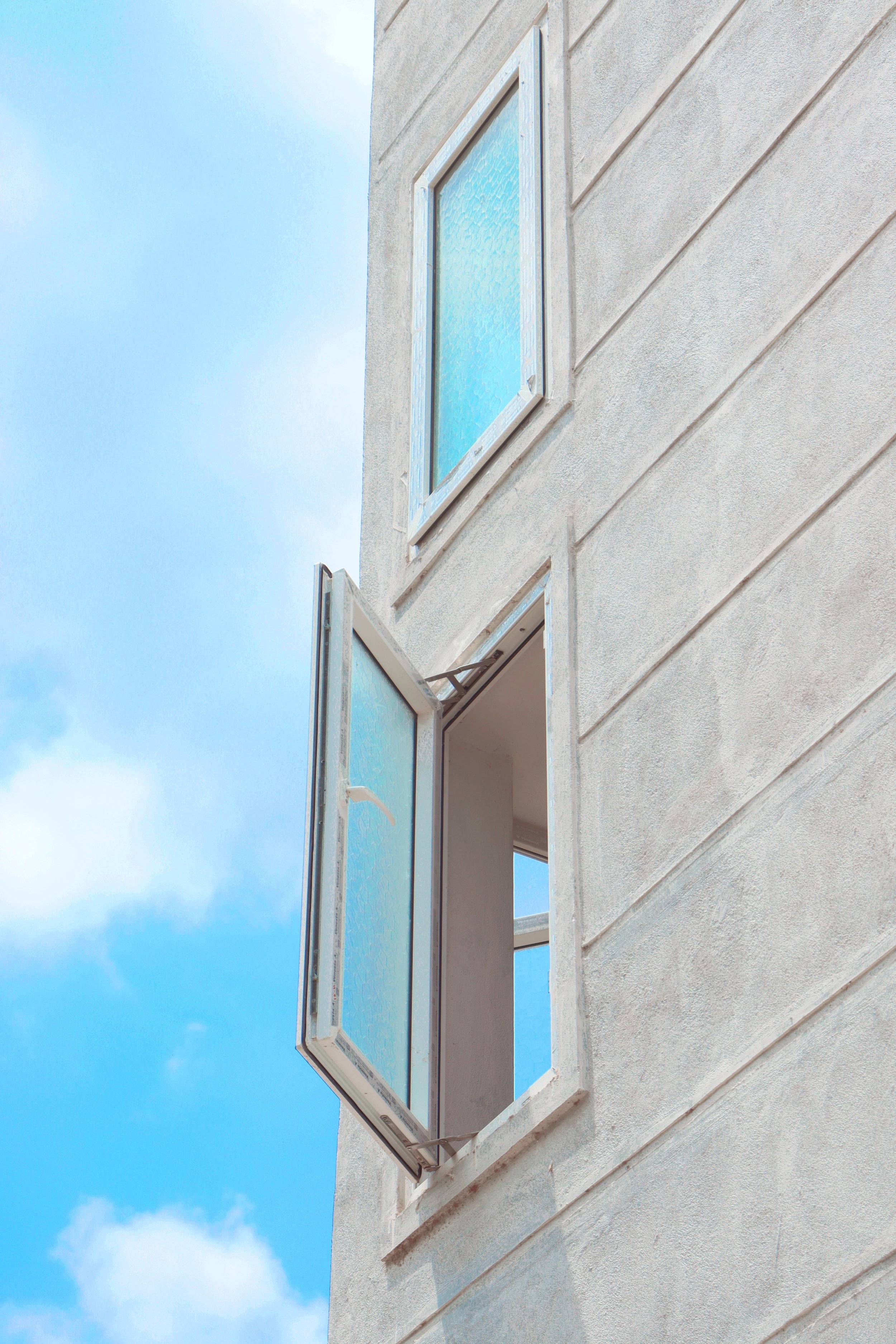5 Things To Look For When Shopping for Windows
Whether you’re renovating your home or outfitting a new space, choosing the right windows is an investment that goes beyond aesthetics alone. Windows are the silent architects of your environment, dictating energy efficiency, ventilation, and much more.
In this guide, we’ll navigate through the checkpoints every savvy shopper should consider when selecting windows. From energy efficiency to style preferences, we’ll discuss five key elements that should guide your decision-making process.
1. Energy Efficiency
One of the most important things to look for in windows is energy efficiency. Energy-efficient windows can significantly impact a home’s comfort and utility costs. Look for windows with a high energy-efficiency rating, such as ENERGY STAR certified windows. These windows are designed to keep your home warm in the winter and cool in the summer, which can save you money on your energy bills. Additionally, opt for windows with high-quality insulation, such as double or triple-pane glass, which minimizes heat transfer. To delve deeper into the significance of energy-efficient windows and how they contribute to passive solar heating, you can explore our detailed guide on harnessing natural warmth through strategic window choices.
2. Material
Another important factor to consider when shopping for windows is the material they’re made from. Common materials include wood, vinyl, and fiberglass.
Wood windows are traditional, can be painted or stained, and are commonly regarded as the most aesthetically pleasing window material. In addition, wood is a natural insulator, which can help regulate temperature and minimize heat transfer. One of the drawbacks of wood windows is their higher maintenance requirement compared to other materials. For example, they are susceptible to issues like rotting and cracking due to weather exposure. However, selecting a high-quality, durable wood species and ensuring proper treatment can significantly mitigate these concerns and contribute to the long-term durability of your windows.
Fiberglass windows are a great option for a stronger, lower-maintenance window. Fiberglass windows are extremely energy efficient, durable, and can be repainted several times. Although they are typically more expensive than wood and vinyl windows, their resilience to weather makes them a potentially worthwhile investment. However, if you’re on a tight budget, they might not be the best choice for you.
Vinyl windows provide a more affordable alternative. While they may not match the strength of wood or fiberglass, their popularity ensures a wide range of available options. Explore the market, and you'll find many high-quality, energy-efficient vinyl windows that not only align with modern standards but also contribute to potential long-term savings on energy costs. What adds to their appeal is the ease of installation, a factor that significantly impacts the overall project cost.
Vinyl Windows
(Fallbrook Bathroom Remodel by SoHo Construction)
Fiberglass Windows
(Source: American Window Company)
Wood Windows
3. Style
The style of the windows you choose can have a large impact on the appearance of your home. The style of your windows should not only enhance the architecture of your home but also serve your practical needs, such as ventilation, ease of cleaning, and natural light intake. Consider the overall design of your home and choose windows that complement it. Popular window styles include casement, double-hung, and bay windows.
Double-hung windows offer a timeless design, comprised of two sashes—an upper and a lower—offering versatility across various architectural styles. Their dual sashes provide excellent ventilation, allowing both top and bottom openings.
Casement windows are an excellent choice when emphasizing an unobstructed view. Their ability to fully open ensures an expansive view while also providing exceptional ventilation. When closed, they offer a tight seal, minimizing air leakage.
Bay windows project outward, forming a bay within a room. Beyond adding architectural interest, they flood spaces with natural light, creating a great ambiance. Furthermore, they create extra room, perfect for a cozy nook or additional seating area.
4. Warranty
When selecting windows, reading the included warranty carefully is crucial. A comprehensive warranty should address various issues, including manufacturing defects, material quality, and installation problems. Prioritizing warranties with extended coverage periods offers reassurance regarding the investment's longevity.
Window warranties vary, including limited lifetime, lifetime, and prorated options. Limited lifetime warranties, common in window warranties, cover specific window parts within defined limits. Lifetime warranties extend this coverage to all replacement parts for the manufacturer-determined duration. Prorated warranties gradually decrease coverage for replacement part costs, where older windows may incur more homeowner expenses over time. Understanding these warranty distinctions allows homeowners to make informed decisions, ensuring their windows are a quality investment.
5. Price
While price is always a factor, it’s important to avoid sacrificing quality for a lower price. Cheap windows may seem like a good deal at first, but they’re often made from lower-quality materials and may not be as energy-efficient or durable as more expensive options. Opting for high-quality windows, although initially a larger investment, ensures long-lasting performance, potentially reducing energy expenses over time. Prioritizing quality ultimately becomes a cost-effective decision that enhances both home value and comfort.
Selecting the right windows for your home involves considering a blend of factors—energy efficiency, material, style, warranty and price. Finding the perfect balance among these aspects ensures not just a beautiful aesthetic but also optimal functionality and long-term value. By carefully weighting all options, you can confidently choose windows that reflect your personal taste while providing the efficiency and durability your home deserves.








